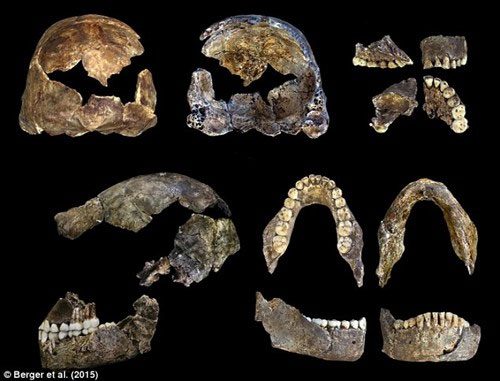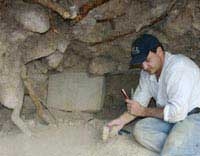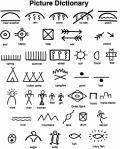Paleontologists in South Africa have announced the discovery of the oldest burial site in the world, containing the remains of Homo naledi – a distant relative of modern humans from the Stone Age, characterized by a very small brain, adept at climbing trees, and believed to lack the capability for complex behaviors.

The oldest burial site in the world contains the remains of Homo naledi, a distant relative of humans. (Illustrative photo: AFP)
The research team, led by renowned paleontologist Lee Berger, discovered several specimens of Homo naledi approximately 30 meters underground in a cave system in the Cradle of Humankind – a UNESCO World Heritage site located near Johannesburg, South Africa.
The scientists stated: “This is the oldest evidence of burial practices recorded in hominin data, occurring at least 100,000 years earlier than the previously known evidence of burial activities by Homo sapiens. These new findings challenge what science has understood about human evolution, as we often assume that a sufficiently large brain is necessary for complex and meaningful activities, such as burying the dead.”
The previously oldest known graves were excavated in the Middle East and Africa, containing Homo sapiens remains dating back around 100,000 years ago.
In contrast, the graves recently discovered by Berger’s research team in South Africa date back at least 200,000 years.
More importantly, these graves belong to Homo naledi – an archaic human species with a very small brain, standing approximately 1.5 meters tall, with curved fingers and toes, and hands and feet often adapted for movement.
The fossilized bones of Homo naledi were first discovered in 2013 in a cave system known as Rising Star. The oval-shaped graves mentioned above were also first found during excavations at this site in 2018.
According to scientists, the deep pits were intentionally dug by Homo naledi and then filled back in to conceal the remains resting inside. These pits contain at least five bodies.





















































